ANTIMULLAH VISIT LANGUAGES
 We receive visits from all over the world and try to vary our posts to provide a multinational environment, not simply mostly Farsi multilingual posts.
We receive visits from all over the world and try to vary our posts to provide a multinational environment, not simply mostly Farsi multilingual posts.
 We receive visits from all over the world and try to vary our posts to provide a multinational environment, not simply mostly Farsi multilingual posts.
We receive visits from all over the world and try to vary our posts to provide a multinational environment, not simply mostly Farsi multilingual posts. Including the STUNNING Abbas Palizdar article, a couple further down this page pointing out and detailing the corruption of 51 top Mullahs in Islamic Iran. Bilingual versions/links available. INDONESIA - ISLAMIC CLASHES - CLICK ON TITLE ABOVE TO VIEW ARTICLE AND LINK TO PART ONE Islamic clashes have global repercussions and fit into the AntiMullah outlook.

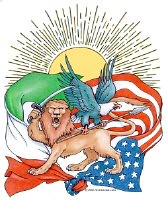
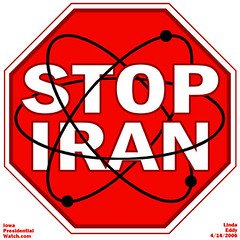

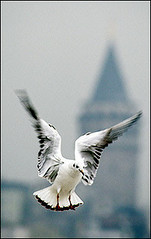



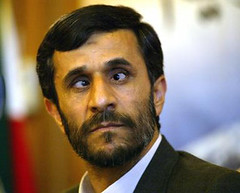

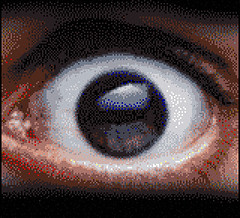



1 comment:
Languages and Avest:
AVESTA
AN INTRODUCTION
Indo-European Languages are the most widely spoken family of languages in the world. Some 1.6 billion people speak it. Alphabetically, they contain the following subfamilies: Albanian, Anatolian, Armenian, Baltic, Celtic, Germanic, Greek, Indo-Iranian, Italic, Slavic, and Tocharic. They consist of hundreds of languages and dialects. From the point of "nativeness," they include "Bengali" spoken in Bangla Desh in the Bay of Bengal in south-east Asia and Icelandic in extreme north-west of Europe. In simpler words it spans Eurasia. English, Spanish, French and a few other languages have spread far beyond their native borders through European colonization during the last four centuries. English, Spanish, to a lesser extent, French are the dominant languages in Americas. Once Persian was the dominant cultural language from Turkey on the Mediterranean Sea to the Chinese borders in Central Asia and the Indian Sub-continent. Political setbacks have shrunk its borders to present Iran, Afghanistan, and Tajikistan.
INDO-IRANIAN SUBFAMILY
The Indo-Iranian subfamily, also known by the name "Aryan," has two branches -- Iranian and Indic (also known as Indo-Aryan). Its living languages are spoken by 500 million people in and around the Iranian Plateau and the Indian Sub-continent.
The ancient Indo-Iranian language had twin dialects: Avesta and Vedic. The too have the oldest literature of the Indo-European languages on record. In fact, the Gathas of Zarathushtra are the most archaic form of the family. On written record, their antiquity is superseded by the Hittite branch of the Anatolian subfamily. Hittite texts in cuneiform date from 3600 years ago.
The original country of the Indo-Iranian language was somewhere east of Volga on the steppes. Subsequent southward migrations took the tribes to what is now known as Central Asia. Further migrations split the family into two. What are known as Indics began their trek down through the present-day Afghanistan to the Indus Valley and into the entire sub-continent. The Iranian remained only to spread all over what is called the Iranian Plateau. Traditionally the ancient migratory waves took the Indo-Iranian 1500 years to settle in Central Asia. This happened after the ice age cold spell of at least 8000 years ago. Historical and archeological evidence also gives almost the same time for the waves but places it about 4000 years ago. This brings it close to Hittite period.
AVESTA
Avesta is name given to the most ancient language of the Iranian branch. The word "Avesta" is written in Pahlavi as "apistāk" or "apastāk". If the assumption is correct that the word is "avistāk," then, like the Indic "Veda," it could be derived from "vid" to know. That is why some opine that it should mean "wisdom, knowledge." That makes the Pahlavi term of "avistāk u zand" mean the "Knowledge and Commentary."
Looking to the fact that Avesta was a dead language by the Parthian period and that it was only explained by priests through "zand" and the mysticism that surrounded the text and still surrounds all sacred scriptures, I render the word to be "a" (negative prefix) + "vista" (known) = Avistā, unknown, mysterious sacred text explained only through "zand" commentary. For similar examples one should turn to the claims by Christian, Gnostic, Hindu, Jewish, and Muslim masters who say only they and their relevant predecessors could "unlock" and explain the mysterious, hidden, unknown meanings of their scriptures. I render "avistāk u zand" to mean "The Occult and the Commentary."
The Zarathushtrian Assembly
Articles by:
Ali A. Jafarey, Ph.D.
http://www.zoroastrian.org/
Post a Comment